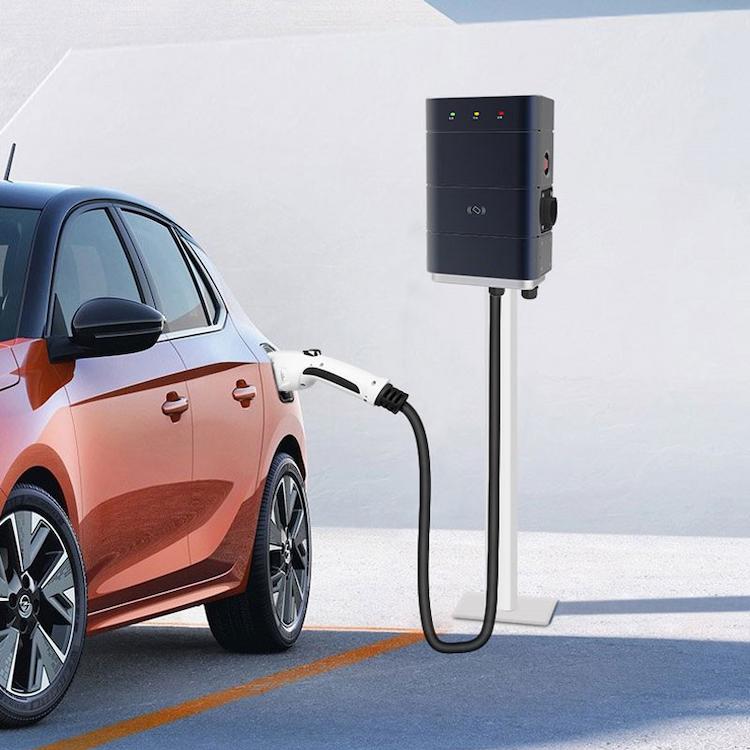
In recent years, the adoption of electric vehicles (EVs) has been on the rise globally due to the increasing demand for environmentally friendly transportation solutions. As a result, the need for an extensive and well-distributed network of charging stations has become crucial. This article aims to provide a detailed overview of the National Electric Vehicle Charging Pile Distribution Map, highlighting its importance and impact on the electric vehicle industry.
The National Electric Vehicle Charging Pile Distribution Map serves as a comprehensive and interactive platform designed to showcase the location and distribution of charging stations across the country. Its primary purpose is to guide electric vehicle owners in locating nearby charging infrastructure easily.
With the expansion of the map, it aims to improve the accessibility of charging stations, addressing one of the significant concerns of potential EV owners – range anxiety. This inclusion of charging station locations assists in boosting consumers' confidence in the practicality of electric vehicles, making them more likely to consider purchasing an EV.
The creation of the National Electric Vehicle Charging Pile Distribution Map involves a meticulous data collection and mapping process. Various stakeholders, including government entities, charging network operators, and electric vehicle manufacturers, collaborate to ensure the accuracy and comprehensiveness of the data.
Mapping data includes the location, type, and availability of charging stations. Additionally, map users can access real-time information on the status of each charging station, including its availability, charging speeds, and compatibility with different EV models. This information assists EV owners in planning their journeys more efficiently, allowing them to select charging stations based on their specific needs.
The National Electric Vehicle Charging Pile Distribution Map offers several benefits to various stakeholders within the electric vehicle industry. Firstly, it promotes the standardization of charging infrastructure by providing uniform information about charging station specifications, ensuring compatibility across different brands and models of EVs.
Secondly, the map enables policymakers to assess the distribution of charging stations and identify potential gaps or areas that require further development. This information is crucial for promoting the creation of a more sustainable and efficient charging network, thereby supporting the transition to a greener transportation system.
The creation of the National Electric Vehicle Charging Pile Distribution Map is a significant milestone in the development of electric vehicle infrastructure. This interactive platform not only helps electric vehicle owners locate nearby charging stations but also promotes the growth and standardization of charging infrastructure nationwide. As the adoption of electric vehicles continues to rise, the map's continuous expansion and refinement will play a pivotal role in shaping the future of sustainable transportation.